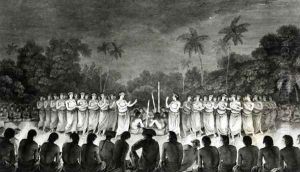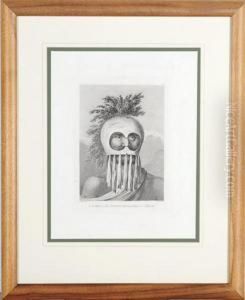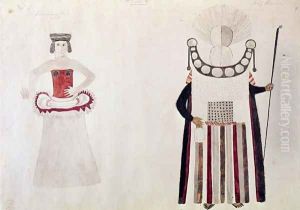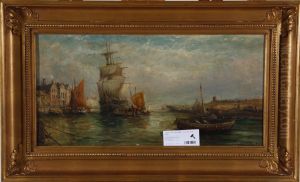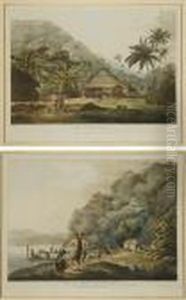





Captain Samuel Wallis (1728-1830) being received by Queen Oberea on the Island of Tahiti, from 'A Voyage to the Pacific Ocean' by James Cook (1728-79) engraved by John Hall (1739-97)
-
About Reproduction
Discover the allure of art with our faithful reproduction of "Captain Samuel Wallis (1728-1830) being received by Queen Oberea on the Island of Tahiti, from 'A Voyage to the Pacific Ocean' by James Cook (1728-79) engraved by John Hall (1739-97)", originally brought to life by the talented John Webber. Unlike posters or prints, our hand-painted oil painting breathes an unique sense of depth and texture into your space. Every detail, every stroke, and every texture is meticulously recreated, paying the perfect homage to John Webber and his artistic vision.
Owning this piece is more than just decoration - it's a statement of your refined taste in art. Let the vibrant colors and intricate details of this replica serve as a daily reminder of the beauty in our world. Elevate your decor and appreciate the richness of art with our replica of this masterpiece.
-
Painting Description
"Captain Samuel Wallis (1728-1795) Being Received by Queen Oberea on the Island of Tahiti" is an historical engraving that depicts a significant encounter between British naval officer Captain Samuel Wallis and Queen Oberea (Purea) of Tahiti during Wallis's circumnavigation of the globe. This artwork is based on an original illustration by John Webber (1751-1793), who was the official artist aboard Captain James Cook's third voyage to the Pacific Ocean. The engraving itself was executed by John Hall (1739-1797), an eminent English engraver of the period.
The scene captures the moment of cultural exchange and diplomacy as Wallis, the first European known to have set foot on Tahiti, is greeted by Queen Oberea in 1767. Wallis's arrival marked the beginning of significant interactions between Europeans and the peoples of the Pacific Islands. The engraving was included in Captain James Cook's published account titled "A Voyage to the Pacific Ocean," which detailed the explorations and discoveries made during Cook's voyages.
John Webber's original drawing, from which Hall's engraving is derived, was informed by Webber's direct observations and experiences during the voyage. His works are considered some of the most accurate and valuable records of the cultural and natural history of the Pacific region during the late 18th century. John Hall's skillful engraving has ensured that this moment in history has been preserved and disseminated, contributing to the visual record of European exploration and its impact on indigenous cultures.
The engraving is not only significant for its historical content but also as an example of the artistry involved in 18th-century printmaking. It reflects the European perspective of the "Age of Discovery" and the Enlightenment's interest in documenting and understanding the wider world. The piece serves as a historical document, an artistic creation, and a testament to the complex interactions between European explorers and the indigenous peoples they encountered.
-
Lead Time & Shipping
When you order this oil painting replica, it typically takes 2-3 weeks to paint. If the artwork is more complex, it might need a little more time to ensure the best quality. Once it's ready, we'll send you a photo for your approval. After you give the green light, we'll ship it to you for free.
-
Return & Refund
We believe in the quality of our hand-painted oil painting reproductions, and your satisfaction is our priority. If for any reason, you are not completely satisfied with your purchase, we offer a 45-day return policy. You can return your artwork within 45 days of receipt and receive a full refund. Please note that the artwork must be returned in the original packaging and in the same condition as it was received.






